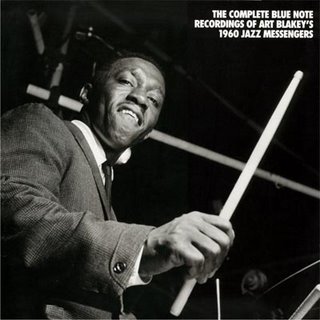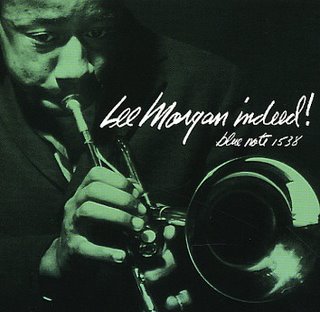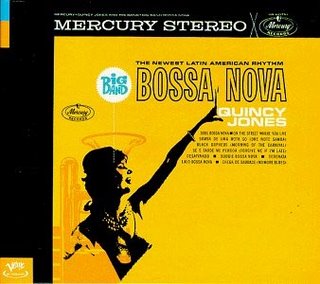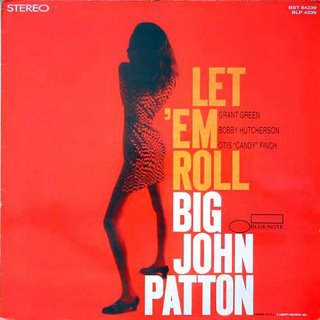
Album - Lights Out (Also reissued on Contour, 1977)
Recorded - 1956
I'm a bit tired tonight after a busy weekend, so what better than a sultry, smoky blues to kick back to at the end of a hard day. Altoist Jackie McLean is probably best known for his Blue Note sides of the 1960s where he was instrumental in pushing the boundaries of hard bop well towards free jazz territory. But before any of that, he served his hard bop apprenticeship with towering Jazz figures like Miles Davis (on his early blue note sessions) and Charles Mingus (Pithecanthropus Erectus). While doing this he also found time to lead his own quintet on a set of sessions for Prestige that resulted in the LPs 'Lights Out' (Prestige 7035) and '4, 5 and 6' (Prestige 7048). Both albums saw a reissue as a single package titled 'Contour' in 1977, which is the record that I have in my possession.
As I said above, it's a smoky blues number, a McLean composition that is basically an extended jam. As is so often the case, the loose feel of the jam session brings out the best in all the players. Mclean is no exception, his soloing making up for what it lacks in pace with a performance full of emotion. Donald Byrd also makes a decent fist of a muted trumpet solo - quite a feat in my book. The rhythmic pairing of Doug Watkins (bass) and Art Taylor (drums) also excel in their steady yet shifting support for the soloists. Only pianist Elmo Hope lets the side down with a predictable solo that just doesn't engage my imagination as the horns did.













